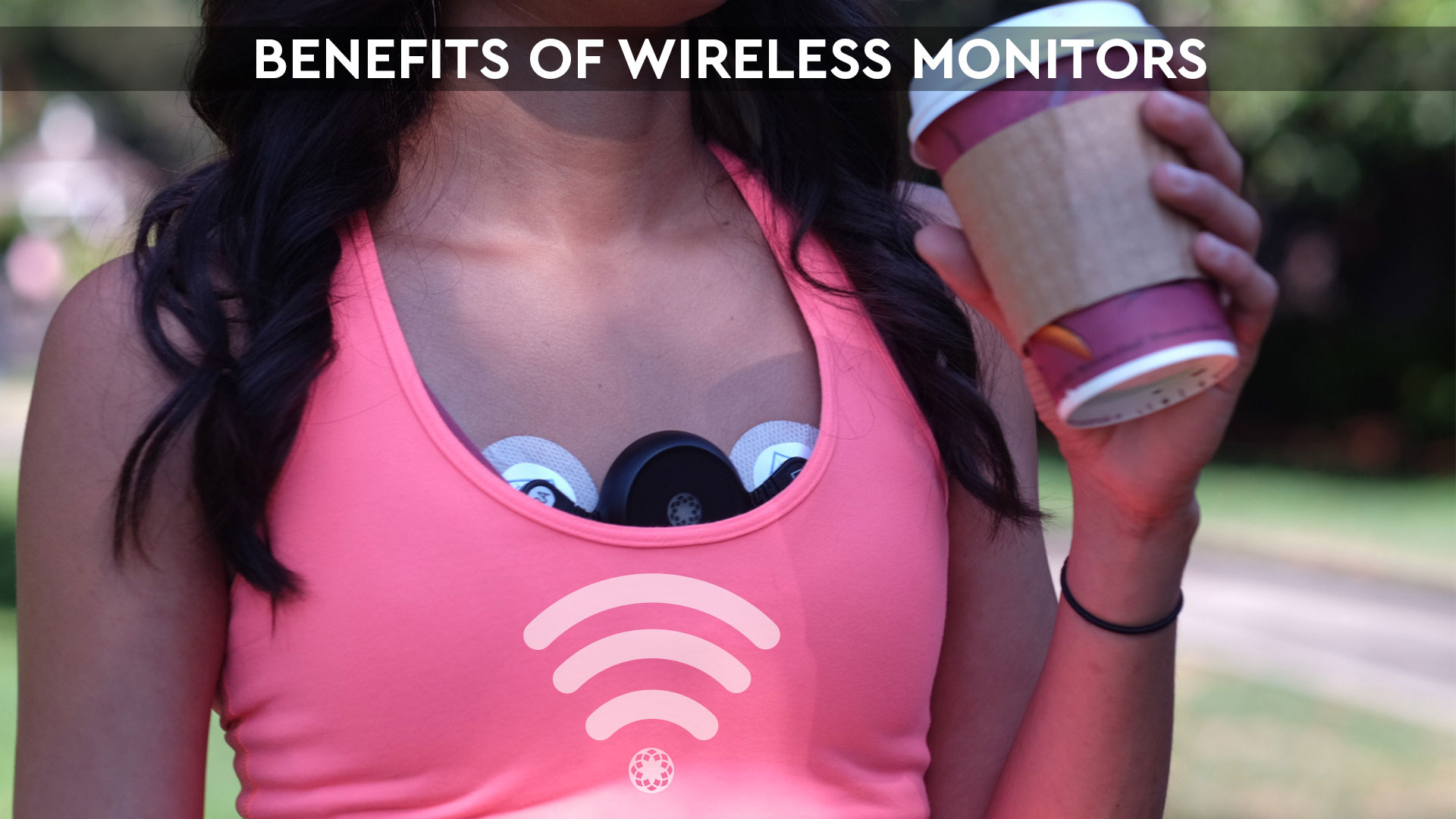As cardiac technology advances, wireless cardiac event monitors, ePatches, and small heart monitors are replacing traditional wired Holter monitors. These innovations offer greater convenience, comfort, and accuracy, ensuring that patients can be monitored continuously, even from a distance, through remote cardiac monitors.
From Holter to Patch: The Rise of Wireless Cardiac Monitoring Systems
Historically, Holter monitors have been the standard for tracking heart rhythms over 24-48 hours. However, mini Holter monitors and patch monitors are revolutionizing this space by offering wireless, real-time data transmission over extended periods.
One key advancement is the introduction of ePatches—a lightweight, adhesive device that eliminates the need for cumbersome wires and electrodes. ePatches provide the same benefits as wireless heart monitor patches while offering more freedom and comfort to patients.
Explore Biotricity’s ePatch-based cardiac monitoring system here.
Benefits of Patch and ePatch Monitors
The transition from wired Holter monitors to patch monitors and mini heart monitors brings several advantages:
- Wireless Data Transmission
Both wireless cardiac event monitors and wireless heart monitor patches transmit data in real time, enabling tele-monitored rhythm detection. Healthcare providers can receive alerts instantly when an abnormal rhythm is detected, ensuring timely intervention.
- Comfort and Discretion
Small heart monitors, including ePatches, are lightweight and adhere directly to the chest, making them easy to wear for extended periods without disrupting daily activities.
- Longer Monitoring Durations
Traditional Holter monitors track heart rhythms for only 24-48 hours, but ePatches and other cardiac monitor patches can monitor patients for up to 14 days or more, capturing irregular events that might otherwise go unnoticed.
Remote Cardiac Monitoring for Better Patient Care
One of the most significant benefits of wireless cardiac monitors is their ability to support remote cardiac monitoring. With remote systems, physicians can monitor patients from anywhere, reducing the need for frequent clinic visits.
Studies from the American Heart Association (AHA) show that remote monitoring improves outcomes and helps prevent hospital readmissions by catching heart irregularities early. Learn more about AHA’s remote monitoring guidelines here.
Top Heart Monitor Patch Brands and Their Technologies
Leading heart monitor patch brands are incorporating advanced technologies like mini EKG capabilities and tele-monitored rhythm alerts into their devices. These devices send data directly to the cloud, enabling healthcare providers to access patient reports remotely and efficiently.
Biotricity is a pioneer in developing cardiac monitoring systems that combine ePatch technology with real-time alerts and continuous monitoring. Discover more about Biotricity’s solutions here.
Mini Heart Monitors: Compact Solutions for Everyday Monitoring
For patients with sporadic symptoms, such as dizziness, palpitations, or shortness of breath, mini heart monitors provide a compact, easy-to-use solution. These monitors offer EKG readings on the go, allowing patients to stay active while being monitored.
Mini Holter monitors and wireless cardiac event monitors are particularly beneficial for athletes or individuals who need long-term heart tracking without compromising mobility.
Wireless Cardiac Event Monitors: Real-Time Monitoring and Alerts
Unlike traditional devices, wireless cardiac event monitors detect and transmit irregular heart events as they occur. This capability is essential for patients with atrial fibrillation (AFib) or other arrhythmias that may not show up during a brief EKG test.
Explore Biotricity’s wireless cardiac monitors and how they enhance patient care here.
ePatches vs. Traditional Monitors: A Quick Comparison
| Wired Holter Monitor | Wireless ePatch/ Patch Monitor |
| 24-48 hour monitoring | Up to 14 days or longer |
| Bulky with multiple wires | Lightweight, adhesive ePatch |
| Data stored for later analysis | Real-time transmission to remote systems |
| Requires clinic visits | Supports remote cardiac monitoring |
By switching to ePatches or cardiac monitor patches, healthcare providers can offer continuous, comfortable monitoring with real-time alerts.
The Role of ePatches in Tele-Monitored Rhythm Systems
ePatches play a crucial role in tele-monitored rhythm systems by providing continuous heart tracking and wireless data transmission. If an abnormal rhythm is detected, healthcare providers receive immediate notifications, allowing them to intervene quickly.
This cardiac monitoring system ensures patients are monitored continuously, even while they sleep or engage in physical activities, offering peace of mind to both patients and physicians.
Conclusion: The Future of Cardiac Care is Wireless and Patch-Based
The shift from wired Holter monitors to wireless cardiac monitors, ePatches, and heart monitor patches marks a significant advancement in cardiac care. These devices are not only more comfortable and convenient but also provide real-time data transmission for better patient outcomes.
Patients with chronic heart conditions or those recovering from heart surgery can benefit immensely from remote cardiac monitors and mini heart monitors that offer continuous tracking without the need for frequent clinic visits.
If you’re interested in patch monitors, ePatches, or other cardiac monitoring systems, explore the latest innovations from Biotricity here.






